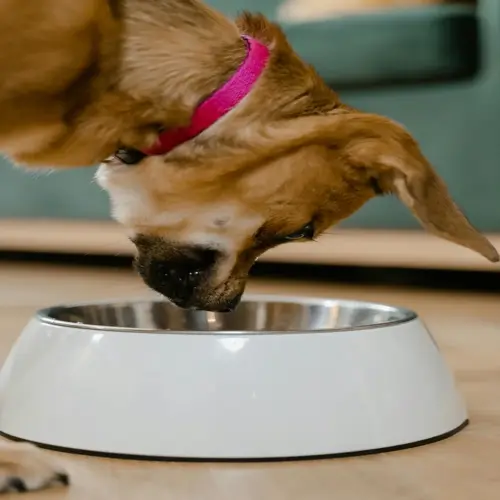How do airlines handle pets during layovers?

Written by
Robert Brown
Reviewed by
Prof. Henry Webster, Ph.D.Airline pets must comply with established procedures to ensure their health and safety. Pets should be transported to climate-controlled holding areas between flights to maintain their well-being. Staff members monitor animals frequently throughout connection times. Owners furnish explicit feeding instructions covering the supplies that will be available at the time. Minimum connecting times differ by carrier and airport.
Facility Standards
- Temperature controlled environments maintained 65-75°F
- Separate areas for different animal species
- Regular staff checks every 30-60 minutes
- Secure kennels with limited human interaction
- Emergency veterinary access on standby
Owner Responsibilities
- Provide accessible food portions in labeled containers
- Attach water instructions with specific amounts
- Include medications with dosage schedules
- Note special needs like separation anxiety
- List emergency contacts visibly on kennels
Documentation Handling
- Customs inspections for international transfers
- Health certificate verification between flights
- Breed restriction confirmations during stops
- Airline staff escort for terminal transfers
- Paperwork secured in waterproof carriers
International transfers include excessive customs screening of pets between flights. Health certificates are to be validated in accordance with local and destination laws. Certain airport permits spot checks. All documentation must stay accessible during the period of connection.
Facility quality differs greatly among airports. Major hubs now offer specialized animal lounges, including climate control. Smaller airports may use areas near cargo holds with limited amenities. Inquire about standards at airports where layovers occur before booking. Choose routes with modern facilities whenever possible.
Preparation reduces risks during transfer. Provide feeding directions with precise portion sizes. Include collapsible water dishes for staff use. Keep familiar bedding in carriers. Include comforts like non-squeak toys. Helps pets stay calm between flights.
Weather considerations will affect layover handling. In extreme temperature conditions, special protocols are enacted. Staff members relocate pets to temperature-controlled areas in a timely manner during heat waves. In the winter, pets may need additional bedding checks. The airline will suspend pet transfers during severe weather alerts.
Pets need to have sufficient connection time for their safety. The minimum connection time for pets is typically between 90 and 180 minutes. Avoid booking flights with tight connections of less than two hours to avoid time pressure. Book flights with sufficient cushion time to schedule appropriate care between flights and avoid the need for stressful actions.
Read the full article: Flying with Pets: Essential Guide for Safe Travel

